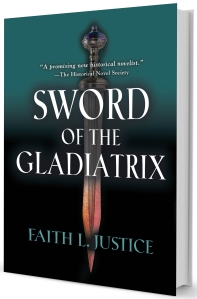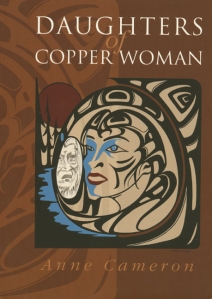Join me for reviews, interesting guest posts, and quirky interviews at the following blogs (and there are giveaways!):
- June 15 – interview at The Hat Party (plus a pic of me in a Tilley hat)
- June 16 – guest post “A Day at the Arena or How I Die a Dozen Deaths” at Hearts on Fire
- June 17 – interview at All I Want and More Books
- June 17 – interview at Love Bytes
- June 18 – interview at Amanda Stone
- June 19 – interview at Bayou Book Junkie
- June 22 – interview at Scattered Thoughts and Rogue Words
- June 23 – interview at Bike Book Reviews
- June 24 – guest post “A Foodie Time Travel to the First Century” at Prism Book Alliance
- June 25 – interview at Wicked Faerie’s Tales and Reviews
- June 26 – review and interview at Inked Rainbow Reads (The review is a good one!)
June 26-28 Historical Novel Society convention at Denver. See you there!
- June 29 – guest post “Writing Sword of the Gladiatrix: An Exercise in Frustration and Creative Breakthrough” at The Writing Desk
- June 30 – spotlight at What Is That Book About
- July 1 – spotlight & giveaway at Teddy Rose Book Reviews Plus More
- July 2 – spotlight & giveaway at Unusual Historicals
- July 2 – review at Svetlana’s Reads and Views
- July 3 – spotlight at CelticLady’s Reviews
- July 5 – interview and giveaway at Unusual Historicals
- July 6 – review at Book Nerd
- July 7 – interview & giveaway at Passages to the Past
- July 8 – guest post & giveaway at Let Them Read Books
- July 8 – spotlight at A Literary Vacation
- July 9 – guest post & giveaway at Unshelfish
- July 9 – review at Book Babe
- July 10 – review at Bookramblings
- July 10 – review & giveaway at Broken Teepee
- July 10 – review at Boom Baby Reviews
- July 10 – review at Genre Queen








 From the back:
From the back: As anyone knows, who’s stopped by this blog, I’m a sucker for anything set in Alexandria, especially during the Roman period. I’ve studied the city for many years and it’s the setting for
As anyone knows, who’s stopped by this blog, I’m a sucker for anything set in Alexandria, especially during the Roman period. I’ve studied the city for many years and it’s the setting for